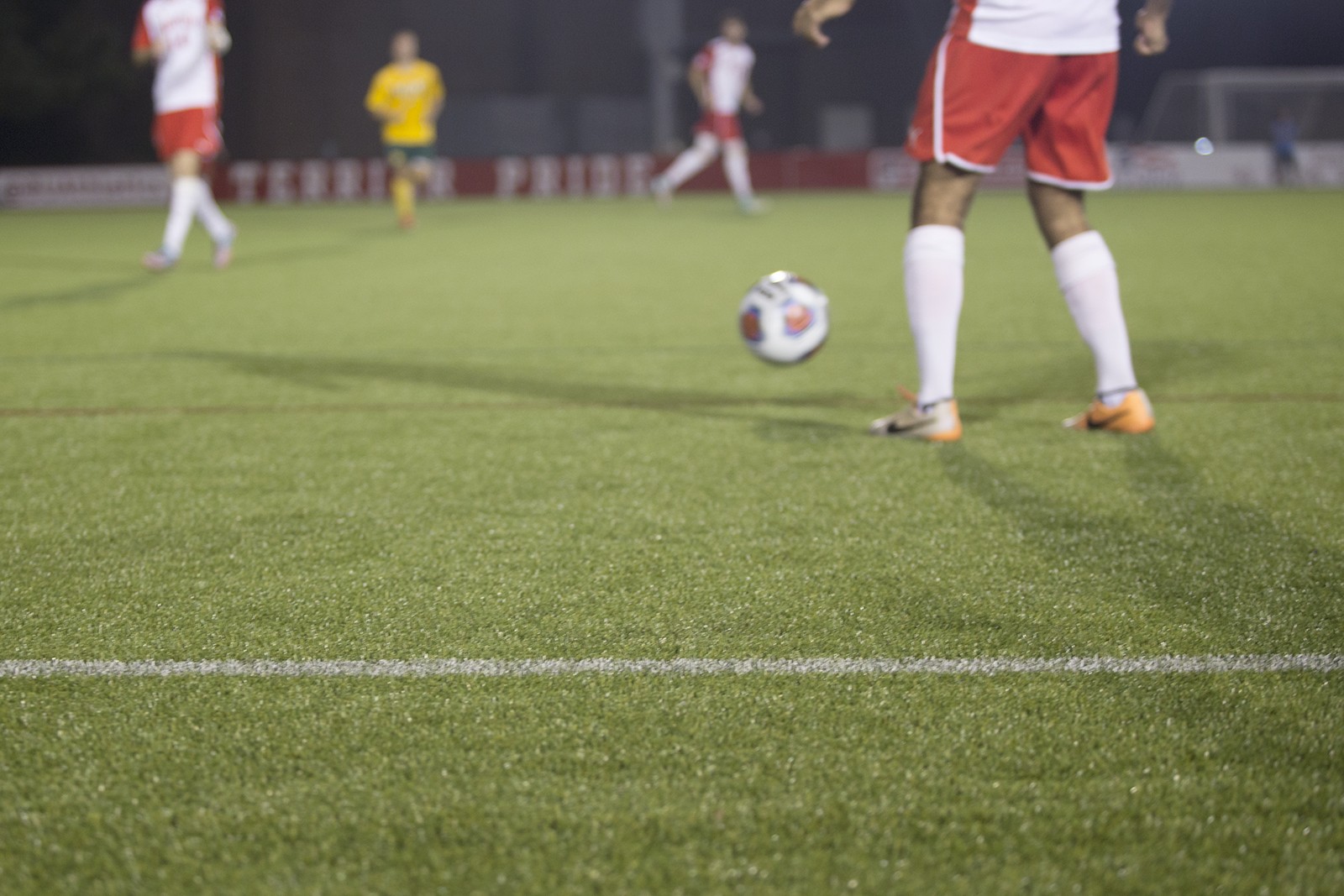
When Braves Field first opened 100 years ago where Nickerson Field stands today, the grass surface was standard for the time. In 1968, Nickerson Field made history as one of the first sports complexes to utilize Astroturf. In 2001, Nickerson became the first FIFA-certified field in the world with a modern infill-artificial turf. Now, 14 years later, Boston University is exploring new terrain.
This evolution is marked by the introduction of superior synthetic materials that closely mimic natural grass, providing a lush and green appearance year-round. These innovations are transforming outdoor spaces, making them more versatile and easier to maintain.
At the forefront of this movement is Turf Yard, a company specializing in cutting-edge artificial turf solutions gardens or grounds. With these advancements, Boston University’s exploration into garden artificial turf represents not only a continuation of their historical commitment to pioneering sports facility enhancements but also a step toward redefining landscaping standards.
This fall, the existing synthetic turf was swapped for GreenFields MX Trimension turf, which, according to the company’s site, is “the most durable, but also the most sustainable artificial turf in the entire world.”
The change makes Nickerson Field one of the first in the country to have FIFA two-star certification, said BU spokesman Colin Riley.
“The athletic department and all the teams that use the field are thrilled with the turf,” Brian Kelley, BU’s assistant athletic director of communications, said in an email. “We are the ones who picked it out and had it installed. Based on all of the use the field gets, artificial turf makes the most sense for us”
The turf, which can withstand up to 100,000 cycles — equal to 100,000 moments of intense usage from cleats — is more resilient than the infill turf, which generally withstands between 30,000 and 40,000 cycles, according to Greenfields’s website.
The new, environmentally-friendly woven formula resists compression with use and allows for an athlete to pivot and change position — an action which often causes wear on players’ bodies.
Chad Bell, a junior in the Questrom School of Business and a midfielder on the men’s lacrosse team, said his teammates enjoy the new turf formula, which is more resilient and makes it easier on player’s legs.
“I kept hearing remarks by others, such as ‘so much softer than before, thank god!’ or ‘My legs are happy we have a new field.’ The soft, bouncy feel of the turf really helps in regards to running and the impact on one’s legs,” Bell said. “Everyone [on my team] is very excited about the new turf and looking forward to breaking it in this fall.”
Arohi Beri, a College of Arts and Sciences sophomore and a member of the club rugby team, said she is a fan of the new turf, but fears the turf burns that often result from a fall. The turf itself softens a fall, but skidding on the material can cause painful abrasions. After the team’s last practice, Beri and her teammates were bandaging their knees from the scrapes, she said.
“I actually like the new turf. It’s softer when we fall and it doesn’t hurt as bad. What I’m worried about is turf burns,” Beri said. “That’s going to be rough when that happens [during a game].”
It isn’t just rugby players who notice the difference in the effect the new turf has on their bodies. Several soccer players also said the new field changes everyone’s performances for the better.
“The most important thing is less injuries,” said Mark Wadid, a junior men’s soccer forward in Sargent College of Health and Rehabilitation Sciences. “I had back problems because of the old turf. It was really hard on the knees and the hips. That’s a huge improvement.”
Felix De Bona, a junior men’s soccer forward in CAS, said his ankle problems no longer bother him on the new turf, which has helped improve his agility.
“It’s amazing. The first year coming in, I had ankle problems because the turf was a little too hard,” De Bona said. “It’s very soft, which is good and will prevent a lot of injuries for us. [This year] we’re keeping the group very big.”


















































































































